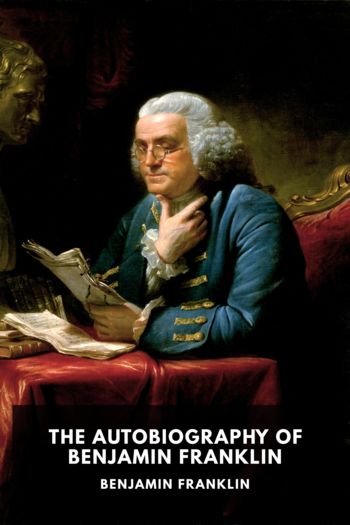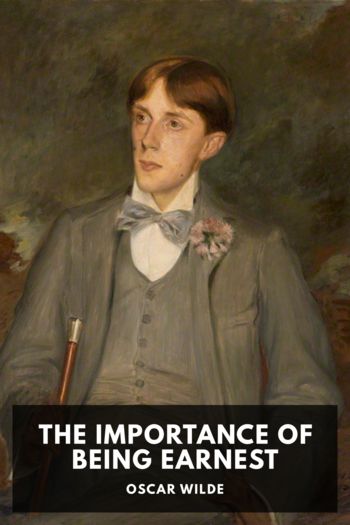Living History, Unknown [books to read in your 20s female TXT] 📗

- Author: Unknown
Book online «Living History, Unknown [books to read in your 20s female TXT] 📗». Author Unknown
I was fortunate to have a wonderful, loyal staff and a large circle of friends. Although I have trouble imagining Mrs. Roosevelt blowing off steam with her confidants, that’s what I did. Arkansas friends Diane Blair and Ann Henry, who visited the White House during those post-election weeks, knew me well, and they offered me personal support as well as helpful perspectives on politics and history.
Friends from around the country and overseas called to see how I was holding up.
Queen Noor, something of a news junkie, followed American politics from Amman. She phoned me shortly after the midterm elections to boost my spirits. When her family faced tough times, she told me, they told one another to “soldier on.” I liked that phrase and began using it to encourage my staff. Sometimes, though, I was the one who needed the pep talk.
One morning near the end of November, Maggie Williams called a meeting of ten women whose opinions I especially valued: Patti, my scheduler; Ann, the White House social secretary; Lisa, my press secretary; Lissa, my speechwriter; Melanne, my Deputy Chief of Staff; Mandy Grunwald; Susan Thomases; Ann Lewis, a longtime Democratic activist and shrewd political analyst who appeared often on television defending my agenda and the Administration’s; and Evelyn Lieberman, a formidable presence in Hillaryland where she ran interference on operations and logistics. She later became the first woman to serve as Deputy Chief of Staff at the White House and was subsequently appointed Undersecretary of State for Public Diplomacy and Public Affairs under Madeleine Albright. These women had been getting together once a week to discuss policy ideas and political strategies. Evelyn, in her usual brassy way, had coined a name for the all-female gatherings: “the Chix meetings.” Because they were lively, broad-ranging and completely off-the-record, I participated whenever I could.
The Chix had assembled for this meeting in the historic Map Room on the first floor of the Residence. This is where President Franklin D. Roosevelt, along with Winston Churchill and other Allied leaders, plotted troop movements during World War II on military maps displayed on the walls. Thirty years later, during the Vietnam War, then-Secretary of State Henry Kissinger and the Soviet Ambassador to the United States met in the Map Room after President Nixon ordered the mining of Haiphong Harbor. Early in the Ford Administration, the room was converted into a storage area.
When I discovered its history, I decided to refurbish the Map Room and restore its grandeur. I located one of FDR’s original strategy maps showing the Allied positions in Europe in 1945. The map had been rolled up and saved by the President’s young military aide, George Elsey, who donated it to the White House when he learned that I wanted to restore the room. I hung it over the fireplace.
The map evoked emotional reactions from visitors who had lived through World War II. When Professor Uwe Reinhardt, a Germanborn economist who advised me about health care, saw it in the Map Room, his eyes filled with tears. He told me that, as a young boy, he and his mother were trapped in Germany while his father had been sent to the Russian front. Uwe used the map to show me where he and his mother hid to avoid the fighting and bombing, and how the American soldiers had rescued them. Another time, Bill and I had dinner in front of the fireplace in the Map Room with Hilary Jones, an old friend from Arkansas who had served in the European Theater. Hilary used the map to trace the path his unit had taken as they fought their way north from Italy.
Given the history of the room, it seemed appropriate that a meeting to map my strategy should take place there. Maggie convened these meetings because she understood that in the pressure cooker of the White House it was important for me to have a place where I could say whatever was on my mind without worrying about misinterpretation, or leaks to the press. She thought these meetings would help all of us―especially me―refocus on the issues that mattered and reaffirm our commitment to the Administration’s agenda.
The women were already seated around a large square table when I walked in. Until that moment, I had been able to conceal my distress and discouragement from everyone on my staff except Maggie, who seemed to know exactly how I felt, whether I showed it or not. Now it all came out. Fighting back tears, my voice cracking, I poured out apologies.
I was sorry if I had let everyone down and contributed to our losses. It wouldn’t happen again. I told them I was considering withdrawing from active political and policy work, mainly because I didn’t want to be a hindrance to my husband’s Administration.
And I was canceling my appearance at a forum on First Ladies that evening, an event sponsored by George Washington University and moderated by a friend of mine, historian Carl Sferrazza Anthony. I didn’t see the point in going. Everyone listened calmly, in total silence. Then, one by one, each woman told me why I couldn’t give up or back down. Too many other people, especially women, were counting on me.
Lissa Muscatine described a talk she had given recently to a class at American University, where she explained her job as a White House speechwriter. She told the students that the President and I did more than pay lip service to women’s rights in the workplace.
The White House had hired Lissa even though she was pregnant with twins when she applied for the job. She told the students that when she came back to work for me fulltime after her maternity leave, I had encouraged her to structure her hours and to work from home if necessary so that she could spend time with her children. After





Comments (0)